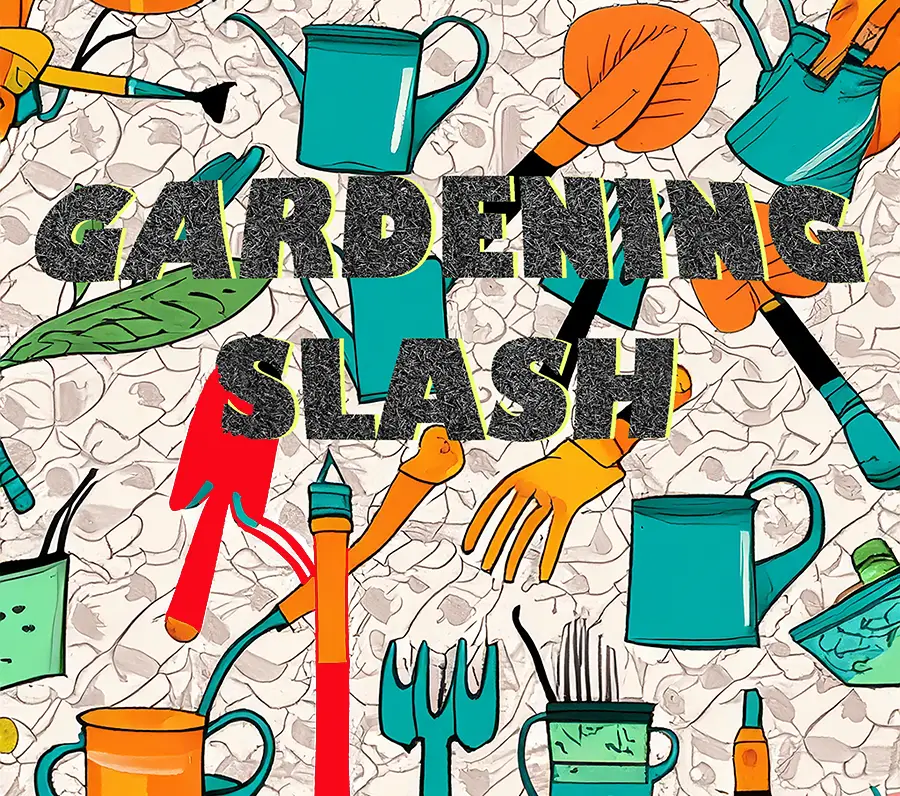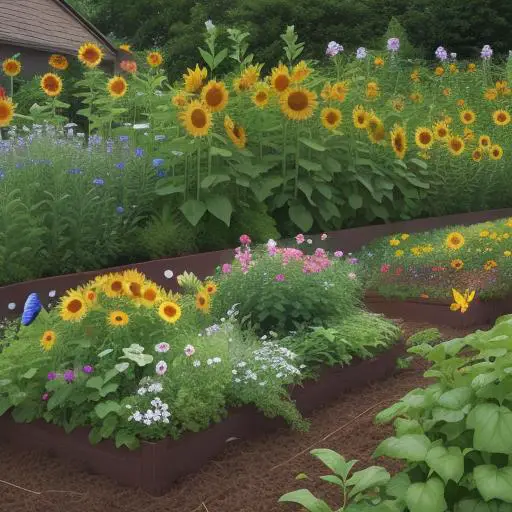Gardening enthusiasts and environmentalists alike are increasingly turning their attention to sustainable gardening. This growing interest reflects a collective desire to nurture our planet while cultivating lush, healthy gardens. Enter regenerative gardening practices, an innovative approach to gardening that prioritizes soil health and ecological balance. These methods not only benefit the environment but also yield thriving, beautiful gardens.
Regenerative gardening practices revolve around the principle of restoring and maintaining soil health. Healthy soil is the foundation of any successful garden, supporting robust plant growth and reducing the need for chemical inputs. But what exactly makes regenerative gardening so beneficial?
The Benefits of Regenerative Gardening Practices
1. Enhanced Soil Fertility: Regenerative techniques such as composting, cover cropping, and mulching enrich the soil with organic matter. This increases soil fertility, promoting healthier plant growth. Composting kitchen scraps and yard waste transforms organic matter into nutrient-rich compost, which acts as a natural fertilizer for your garden.
2. Improved Water Retention: Healthy soil has better water retention capabilities, reducing the need for frequent watering. Techniques like mulching and cover cropping help retain moisture in the soil, making your garden more drought-resistant. This not only conserves water but also ensures your plants receive a steady supply of moisture.
3. Biodiversity Boost: Regenerative gardening encourages biodiversity both above and below ground. Diverse plantings support a variety of beneficial insects and microorganisms, creating a balanced ecosystem. Techniques such as polyculture and planting native species attract pollinators and pest predators, reducing the need for chemical pesticides.
4. Carbon Sequestration: By enhancing soil organic matter, regenerative gardening practices help sequester carbon from the atmosphere, mitigating climate change. Cover crops, compost, and reduced tillage all contribute to capturing carbon in the soil.
Thriving Gardens: Success Stories
Many gardeners have experienced remarkable success with regenerative practices, creating stunning, productive gardens. For instance, the Rodale Institute, a pioneer in organic farming, showcases numerous case studies where regenerative techniques have transformed depleted soil into fertile ground. Their demonstration gardens highlight how composting, crop rotation, and no-till methods can lead to vibrant, high-yield gardens.
Another inspiring story comes from the Urban Homestead in Pasadena, California. This family farm uses regenerative practices to grow over 7,000 pounds of organic produce annually on just a tenth of an acre. Their success demonstrates that even small urban spaces can be transformed into productive, sustainable gardens.
Getting Started with Regenerative Gardening
Ready to embark on your regenerative gardening journey? Here are some easy techniques to get you started:
1. Composting: Begin by composting your kitchen scraps and yard waste. This simple practice recycles organic matter into nutrient-rich compost, enhancing soil fertility.
2. Mulching: Apply a layer of organic mulch, such as straw or wood chips, around your plants. Mulching helps retain soil moisture, suppress weeds, and add organic matter to the soil as it decomposes.
3. Cover Cropping: Plant cover crops like clover or vetch during the off-season. These plants protect the soil from erosion, improve soil structure, and add organic matter when they decompose.
4. No-Till Gardening: Minimize soil disturbance by adopting no-till gardening methods. This practice preserves soil structure and promotes beneficial soil microorganisms.
By starting with these simple practices, you can gradually build a resilient, thriving garden that benefits both you and the environment.
FAQs
Q: What is regenerative gardening?
A: Regenerative gardening focuses on restoring and maintaining soil health through practices like composting, mulching, and no-till gardening.
Q: How does composting benefit the soil?
A: Composting adds organic matter to the soil, which improves soil fertility, structure, and water retention.
Q: What are cover crops?
A: Cover crops are plants grown to protect and enrich the soil during the off-season. They prevent erosion, improve soil structure, and add organic matter.
Q: Can regenerative gardening be practiced in small spaces?
A: Yes, regenerative practices can be adapted for any garden size, from large rural plots to small urban gardens.
Q: How does regenerative gardening help combat climate change?
A: Regenerative gardening practices enhance soil organic matter, which helps sequester carbon from the atmosphere, reducing greenhouse gases.
Embark on your regenerative gardening journey today, and contribute to a greener, more sustainable world. For more tips and inspiration, visit the Rodale Institute and Urban Homestead.



3 thoughts on “Regenerative Gardening Practices: Building Soil Health Naturally”